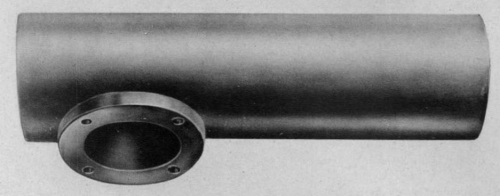
The Tiger had two large mufflers on its rear hull wall, oriented vertically. Each muffler comprised a large metal tube, 850mm long, weighing 32kg, with a flange. This image is from a manual [4, see Tafel 52] . The tube had internal baffles [1, see 3.1.1] ; but I have no images of them.
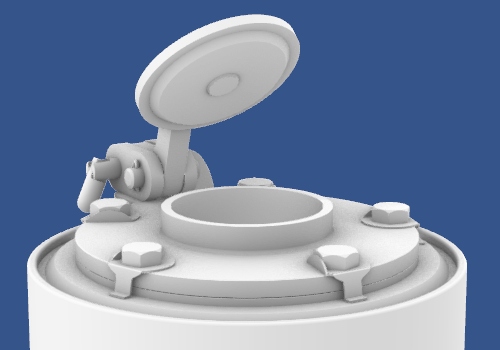
The tubes were blanked off at their bottom end. At the top end was a non-return valve, shown in this model. The valve had a hinged flapper about 90mm in diameter. It was necessary because the Tiger was capable of driving while submerged.
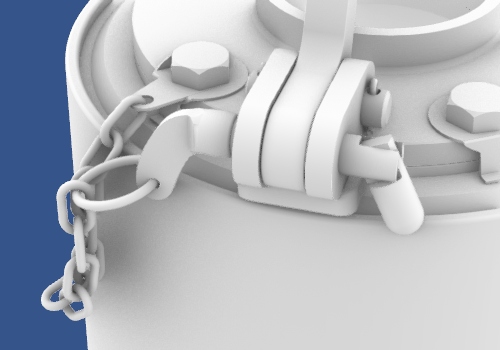
Normally the flapper was locked open by a folding pin pushed through the hinge. The pin was on a chain. [2]
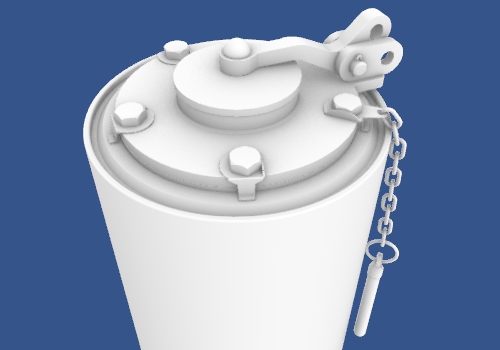
When the Tiger was configured for submersion, the pin was removed, allowing the flapper valve to fall shut. Exhaust gases would push it open intermittently while underwater.
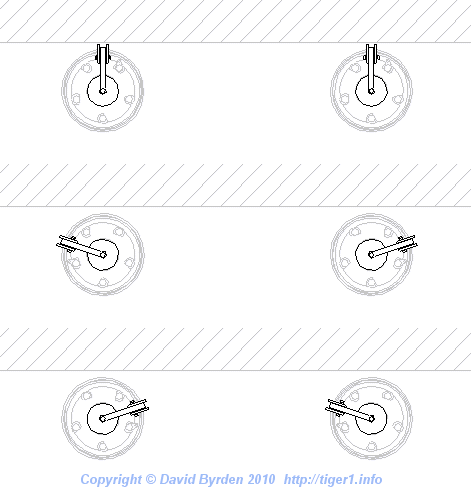
Photographs show the flappers aligned on the hull in any of these three ways. I don't yet know whether these were randomly assigned or can be tied to manufacturing date. In every photograph that I have seen, one of the bolts is central at the rear of each muffler.
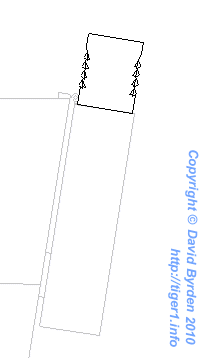
Such was the power of the engine that flames were emitted from the top of the mufflers. The 502nd heavy tank battalion, operating near Leningrad in the winter of 1942, found that the enemy could see these and identify the Tigers too easily. They therefore attached extension pipes of various lengths and diameters to the tops of their tanks' mufflers. One example is shown here; it had slots cut into the sides to provide a draft.
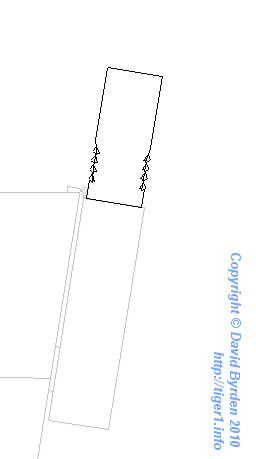
This extension pipe is a full 500mm long and was used by the 502nd on Tiger "100" and at least one other tank.
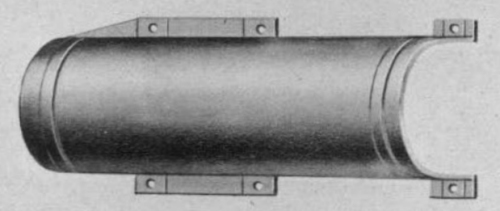
In January 1943, starting on hull 250082 [1, see 3.4.1.14] , a standard solution to this problem was built into new Tigers. Sheet-metal covers were added to the hull surrounding each muffler, so that they would not be visible when glowing in the dark. This is an image of one cover, from the manual.
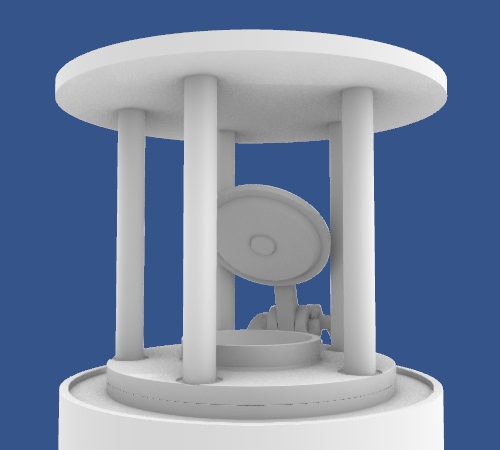
Also, a baffle plate was added to the muffler itself to deflect the flames sideways before they would exit the cover. This diagram shows the top of a muffler; the baffle plate is supported on five tubes. Long bolts run through the tubes, terminating in the M12 threaded holes in the muffler. Thus, the baffle plate could be backfitted to existing Tigers.
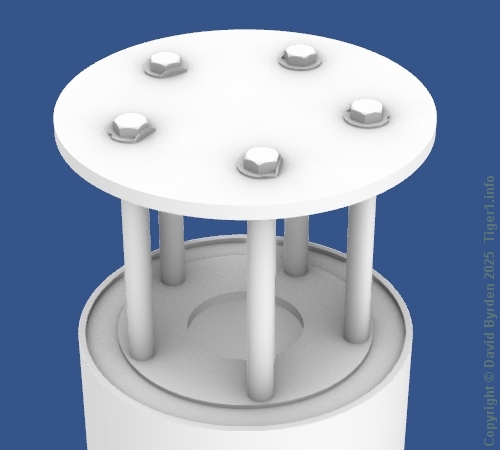
In September 1943, the submersion ability of the Tiger was dropped. Mufflers were now built without the flapper valve, like this.
Of all the Tiger hulls surviving in museums, only the Sturmtiger in Kubinka still has original valves.
[1] Germany's Tiger Tanks, volume 1 : DW to Tiger 1
[2] "Auspuffanlage (Versuch)" Henschel drawing of possible exhaust muffler
[3] Survey by Marc Groth of Sturmtiger in Munster
[4] Kraftfahrgerät teil 3, Fahrgestell und Turm Panzerkampfwagen "Tiger", heft 60